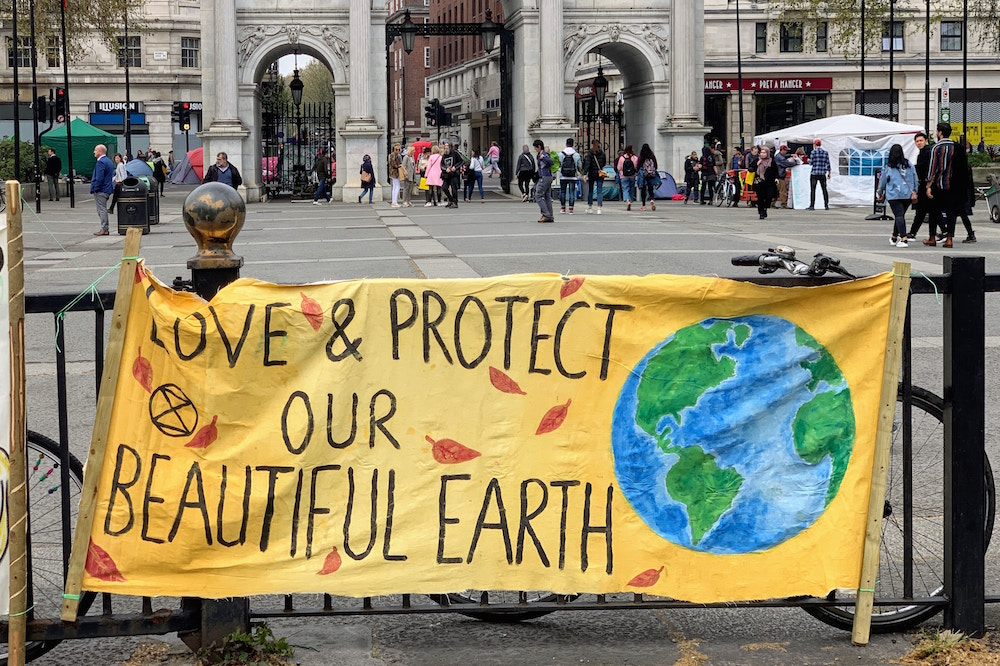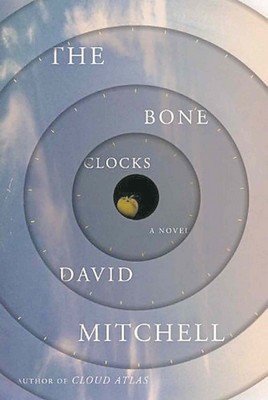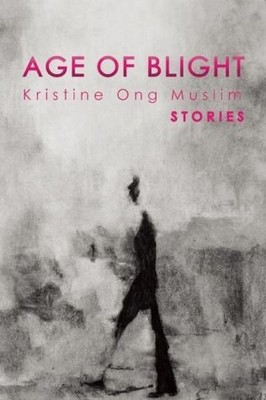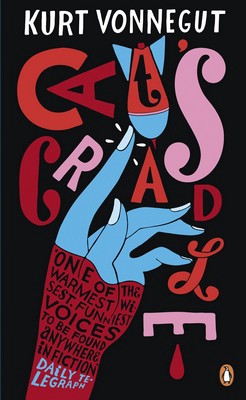Reading Lists
These 8 Books are Fiction, but Climate Change is Not
From Claire Vaye Watkins to Kristine Ong Muslim, these writers are realistic about the complexities and effects of climate change

Fiction allows us to extrapolate our own futures, both on a personal level and on a societal one. With the Trump administration looking to make it easier to dig for fossil fuels and ignoring evidence of global warming, climate change has once again taken a prime position in the news, and the need for cautionary tales about the environmental path we’re on seems more important than ever. Here’s a look at eight books that explore the dangers of climate change to both landscapes close to home and on a global level.
The Windup Girl by Paolo Bacigalupi
Paolo Bacigalupi’s The Windup Girl features a number of high concepts, each of which might be enough for a gripping read. Its setting is one in which global warming has suffused the landscape, reshaping the boundaries of nations and altering the way humans live. Genetic engineering has undergone massive leaps forward, as has energy technology; the result is a work that’s both cautionary and dazzling.
Gold Fame Citrus by Claire Vaye Watkins
The Californian landscape of Claire Vaye Watkins’s heady, haunting novel Gold Fame Citrus is punctuated by abandoned homes, strange fauna, and a resurgence of the desert. It’s a setting that’s drawn from the present day: where once the homes of the affluent existed, a wasteland has sprawled, off-limits to all but the bravest or most desperate. It’s a bold commentary on where our society might end up, and how certain trends might accelerate into something hazardous and inhospitable.
Who Fears Death by Nnedi Okorafor
Climate change can affect as many landscapes as exist on Earth. In Nnedi Okorafor’s novel Who Fears Death, the setting is sub-Saharan Africa at some point in the future. The societies depicted in this book live in the wake of an earlier, more technologically advanced one, which crumbled at some point in their past and our future. What remains is an altered world and terrain, populated by a handful of people possessing uncanny abilities.
The Bone Clocks by David Mitchell
David Mitchell’s The Bone Clocks encompasses the bulk of the life of its protagonist, beginning with her childhood in the recent past, and moving forward into the middle of the 21st century. It’s in this last section that the novel becomes truly devastating: as a result of environmental and economic collapse, society has reverted to a sort of brutal feudalism. It’s an unnerving conclusion largely due to the realism and level of detail with which Mitchell conveys this world; we see it in all of its unsettling dimensions.
The Drowned World by J.G. Ballard
The novels of J.G. Ballard frequently use transformed versions of the world as their settings–sometimes to accentuate thematic points, and sometimes to explore the uncanny. (The Day of Creation focuses on a new river emerging near the Sahara, while The Crystal World focuses on a terrifying transformation of the landscape.) The Drowned World is set in a future where polar ice has melted, submerging existing coastlines and reshaping urban geographies around the globe.
Age of Blight by Kristine Ong Muslim
The title of this collection references a moment in human history when certain societal tendencies will have advanced past the point of salvaging. In other words: what happens when the surface of the planet is entirely blighted, and what will the events have been that got us there? Muslim’s stories not only explore the means by which the environment is degraded and remade, but also delve into the psychology of alienation that causes such actions to take place.
Cat’s Cradle by Kurt Vonnegut
The meanings of metaphors shift over time. When Kurt Vonnegut’s novel Cat’s Cradle was first published in 1963, its central MacGuffin–a substance called ice-nine, which would turn water into ice at any temperature–came off as a metaphor for nuclear weapons. As a story about human technology with the potential to irrevocably break the world, it now could just as easily be read as a cautionary tale about climate change, with none of its power lost.
Rubicon Beach by Steve Erickson
Steve Erickson’s novels all tap into their own surreal energy, whether they’re spinning tales of parallel timelines or returning to motifs of lost and destroyed structures. In his early novel Rubicon Beach, Erickson opts for a familiar setting, Los Angeles, but imagines that city in the not-so-distant future, when cataclysmic events have resulted in flooding of the city. The portrait of an urban space after such a transformation is one of the most haunting aspects of this unpredictable novel.
















